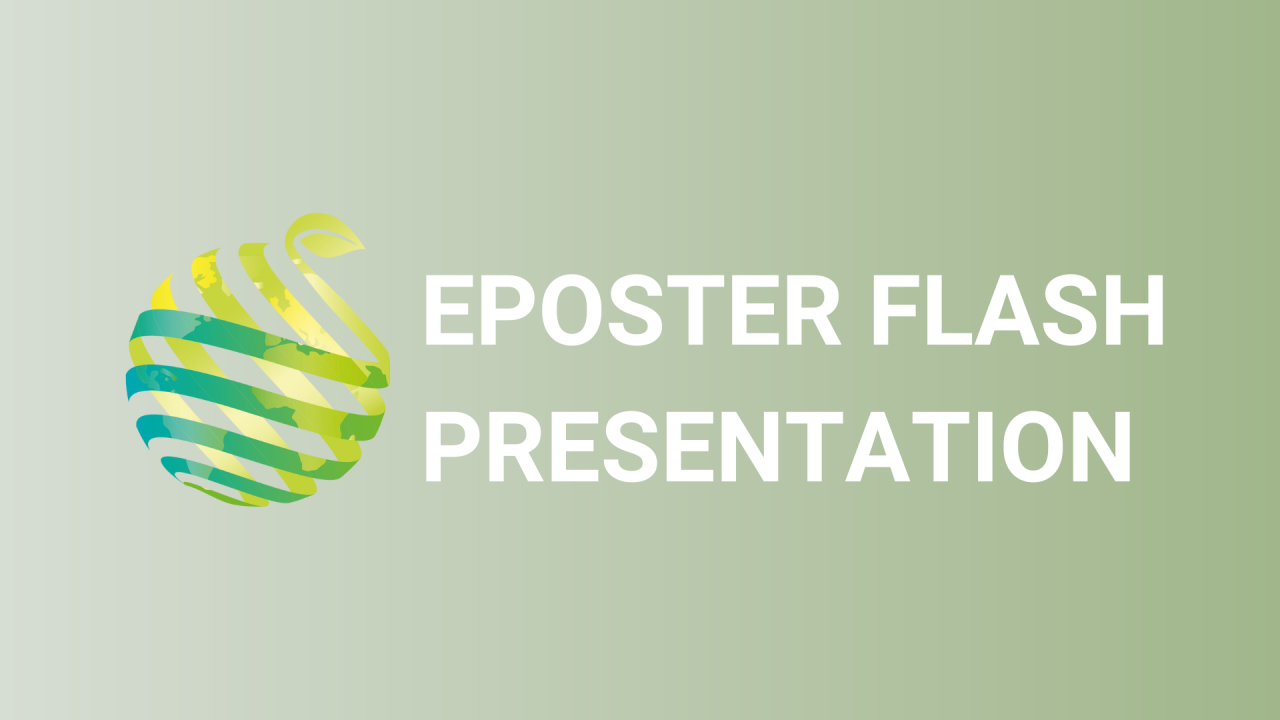

S12 - Session P1 - Selection of proper soil moisture sensors to effectively manage soil water for orchards
Information
Authors: Seong Kwang An *, Jongyun Kim
Using a soil moisture sensor-based automated irrigation system, efficient water management for horticultural crops has been actively researched with the development of the sensing technology. Among soil moisture sensors, FDR-type soil moisture sensors were most appropriate for soilless substrates, but the range of FDR sensor measurement for various soil types remained unclear. To analyze the applicability and suitability of soil moisture sensors for outdoor farming with a soil, various types of soil moisture sensors (two FDR type sensors; EC-5 and TEROS12, two tensiometer type sensors; TEROS21 and TEROS32) and were installed in three orchards (apple, pear, and grape) at different locations, and monitored the soil moisture changes for eight months. Both FDR soil moisture sensors showed similar volumetric water content changes over time. Likewise, both tensiometers displayed a similar trend of soil water potential changes, but there was a difference in measured values due to their different measure ranges. Compared to the value change of FDR soil moisture sensors and tensiometers during the experiment period, the soil water potential changed about 66 kPa while the VWC changed about 0.11 m 3 ·m -3 when proper irrigation occurred after fully irrigated. Considering the error range of each sensor, the measured error range of both FDR soil moisture sensors was approximately 3.7 times, while those of TEROS21 and TEROS32 were approximately 33 and 440 times, respectively. Therefore, a tensiometer with a higher resolution is more suitable than FDR sensors to identify the proper irrigation setpoint for managing soil moisture sensor-based automated irrigation system for outdoor farming with a soil. However, to acquire soil nutrient changes, cooperating with FDR sensors that can measure electrical conductivity would provide more suitable information for irrigation with better nutrient management. This study was supported by RDA Korea (PJ015643).